Ever since I read Jules Verne’s Twenty Thousand Leagues Under the Sea as a kid, I have been fascinated by the amazing sea phenomenon called the chambered nautilus. If you recall, the story was based on the exploits of the seafaring ship named the Nautilus whose intrepid pilot was Captain Nemo.
In the novel (written in 1870), Verne imagined the Nautilus as a sort of primitive submarine, which was a fitting name for the vessel. As we’ll see, the sea creature after which it was named is itself a tiny submarine.
An Ancient Shellfish
It probably predates even fish as a native ocean dweller! Its ancestors are said to have populated the earth some 500 million years ago, and they probably didn’t look much different then than they do today.
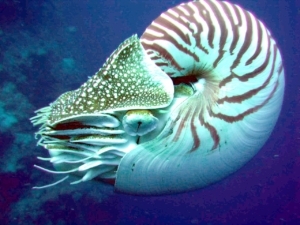 As incredible as this fellow might be, it’s not so much his pedigree I’m interested in as his shell. The key facts are these:
As incredible as this fellow might be, it’s not so much his pedigree I’m interested in as his shell. The key facts are these:
- It is made of mother of pearl with that amazing pearlescent shine on the inside. Its outside is camouflaged in dark colors on the top and light on the bottom to make it difficult to see from above or below (amazing!).
- Each nautilus is born with a little shell of four chambers. As it grows, the shell expands outward, pushing his slug-like body forward from one chamber to the next. It can grow as many as 30 chambers in its lifespan of 15-16 years.
- In the growth process, the previous inner chamber is sectioned off and enclosed to provide a sort of natural buoyancy which allows the creature to dive and rise through the water at will – a natural submarine!
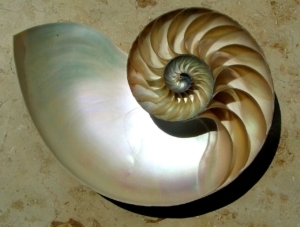 As it develops, the nautilus shell expands proportionally, which means each chamber reproduces itself perfectly in the next larger chamber at a ratio of 1.618 (this ratio can vary from creature to creature, but we’re speaking here of a general fact).
As it develops, the nautilus shell expands proportionally, which means each chamber reproduces itself perfectly in the next larger chamber at a ratio of 1.618 (this ratio can vary from creature to creature, but we’re speaking here of a general fact).- The end result is a spiral-shaped shell, which is much more evident when viewed in the cross section.
And that totally symmetrical reproduction of its chambers is the main reason why this creature and his shell is so fascinating.
Special Spirals of Nature
The ratio of expansion (1.618) is what we call the Golden Mean. It is sometimes referred to mathematically as the Fibonacci Sequence. The Golden Mean spiral may be confused with – if you can believe it – at least thirty other types of spirals which have different mathematical formulas and ratios, but our purpose here is not to dwell on the science or math, as such.
Our focus is the awesome symmetry and beauty of it all.
The design of the chambered nautilus shell seems to be the clearest expression of this spiral pattern in the sea, but, in fact, the same pattern is reflected throughout all of Nature, even in places we might not expect. For example:

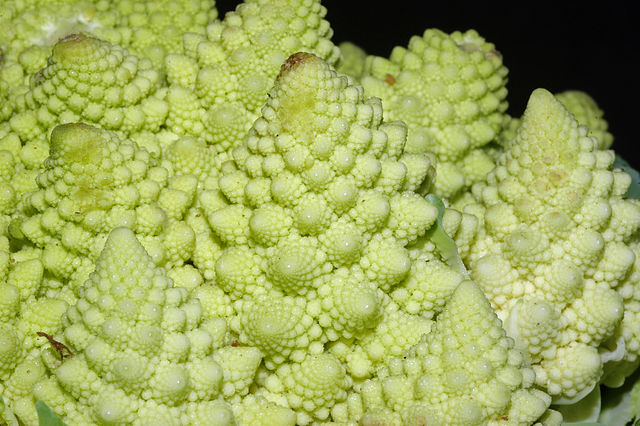

- Cauliflower and many other flowers grow according to this pattern (if you doubt me, read this article);
- The inner structure of the pine cone is an amazing spiral;
- Spiral-patterned ocean breezes eventually strengthen and turn into destructive hurricanes and cyclones (or maybe it’s just climate change…);
- The smooth, narrowing, downward spiral of a hawk tracking its prey fits the same pattern;
- The star arrangements of certain nebulae and galaxies, including our Milky Way, are astronomically huge (pardon the pun) spirals;
- Even some beaches and natural bays were formed with this ratio (Half Moon Bay, California, for example).
Most important of all, God has built the very structure of life (that is, DNA) in the form of a double helix, which is the essence of a spiral pattern. We’ll see an architectural example of this below.

And I could go on, but the point is clear: this beautiful pattern can be found in every corner of the natural world from the microscopic (DNA) to the macroscopic (galaxies) and everywhere in between.
You might think that some amazing super-Intelligence was behind it all. Hmmm. I call it a sacred window into the creative Mind of God. Only God can create mathematically perfect and beautiful structures on such a vast or miniature scale.
So, we shouldn’t find it surprising that human beings have, from time to time, tried to imitate the pattern in artistic wonders of truly riveting beauty.
A Clever Spiral Structure
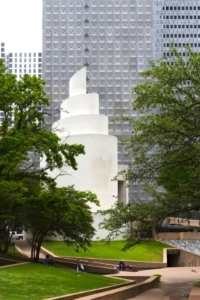 Before I show how the mollusk visited the Vatican, I’ll start with an example closer to home: the Thanksgiving Chapel in Dallas, Texas. The chapel is an interfaith structure built with public funds for a park in the center of Dallas to celebrate the American bi-centennial in 1976.
Before I show how the mollusk visited the Vatican, I’ll start with an example closer to home: the Thanksgiving Chapel in Dallas, Texas. The chapel is an interfaith structure built with public funds for a park in the center of Dallas to celebrate the American bi-centennial in 1976.
On the outside, the chapel looks like a huge ice cream cone (all white and spiraling upward – ugh, this one gets the “What were they thinking?” award!)
But the chapel’s interior is meant to be an experience of color, symmetry, and beauty: a stained glass spiral.
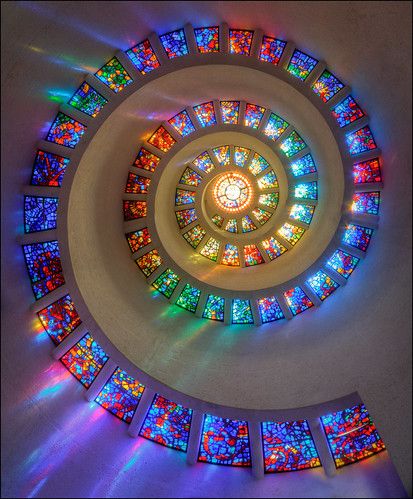 Here is what you see when you are standing in the center of the chapel looking up:
Here is what you see when you are standing in the center of the chapel looking up:
It’s gorgeous, I know! Mr. Chambered Nautilus would be proud that humans so cleverly imitated in art what he has by nature.
Unfortunately, the chapel is a typical American egalitarian attempt to accommodate all religious beliefs equally, but in so doing has gone beyond the pale by excluding alI religious imagery!
This, of course, is ecumenism gone wild, but you can still visit the symbol-free chapel for an authentic religious experience by way of sheer beauty.
The Vatican Mollusk
The Vatican has another take on the chambered nautilus design, and it is also breathtaking to behold. In this case, it is not a stained glass roof but a spiral staircase on a monumental scale. Actually there are two such staircases.
The mollusk first visited the Vatican in 1505 when the famous Renaissance artist, Donato Bramante, was hired to build a staircase for the Belvedere Palace (formerly the pope’s residence and a precursor to the Vatican Museums). Full disclosure: No slimy sea creature actually visited the Vatican, but I’m being dramatic here, like Bramante, as you’ll see.
Bramante’s staircase was built in a spiral shape with pillars supporting the levels because they didn’t have modern steel construction materials. Still, Bramante’s was an amazing artistic concept, wonderfully symmetrical, and way ahead of his time. It is said that he built it wide enough so that the eccentric Renaissance pope, Julius II, could ride his carriage up the staircase (horses and all) to his residence at the top!
Here is Bramante’s masterpiece which is only rarely open to the public these days.
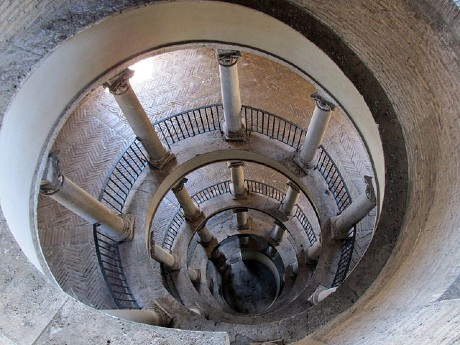
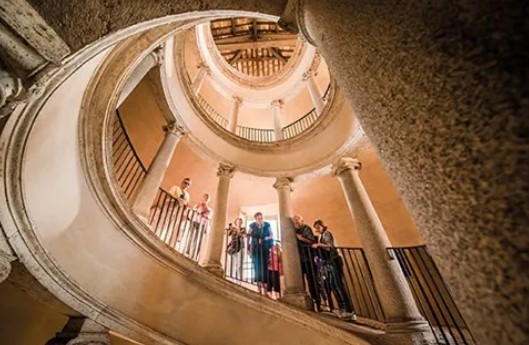
The most amazing feature of Bramante’s structure is its double helix pattern – the structure of life! – in its two separate walkways that are intertwined. One level was used only for ascending while the intermittent level was used only for descending so that no one bumped into anyone else going up or down – clever!
A clearer example of this double helix was created by the Italian architect Giuseppe Momo in 1932 when he copied the same concept to build the modern staircase for the Vatican Museums.
It is named the Bramante Staircase in honor of its predecessor. You’ll notice that this one has no pillars, which makes it stunning in its simplicity and scope. It seems almost to float in the space. Check this out!
View from above looking downward:
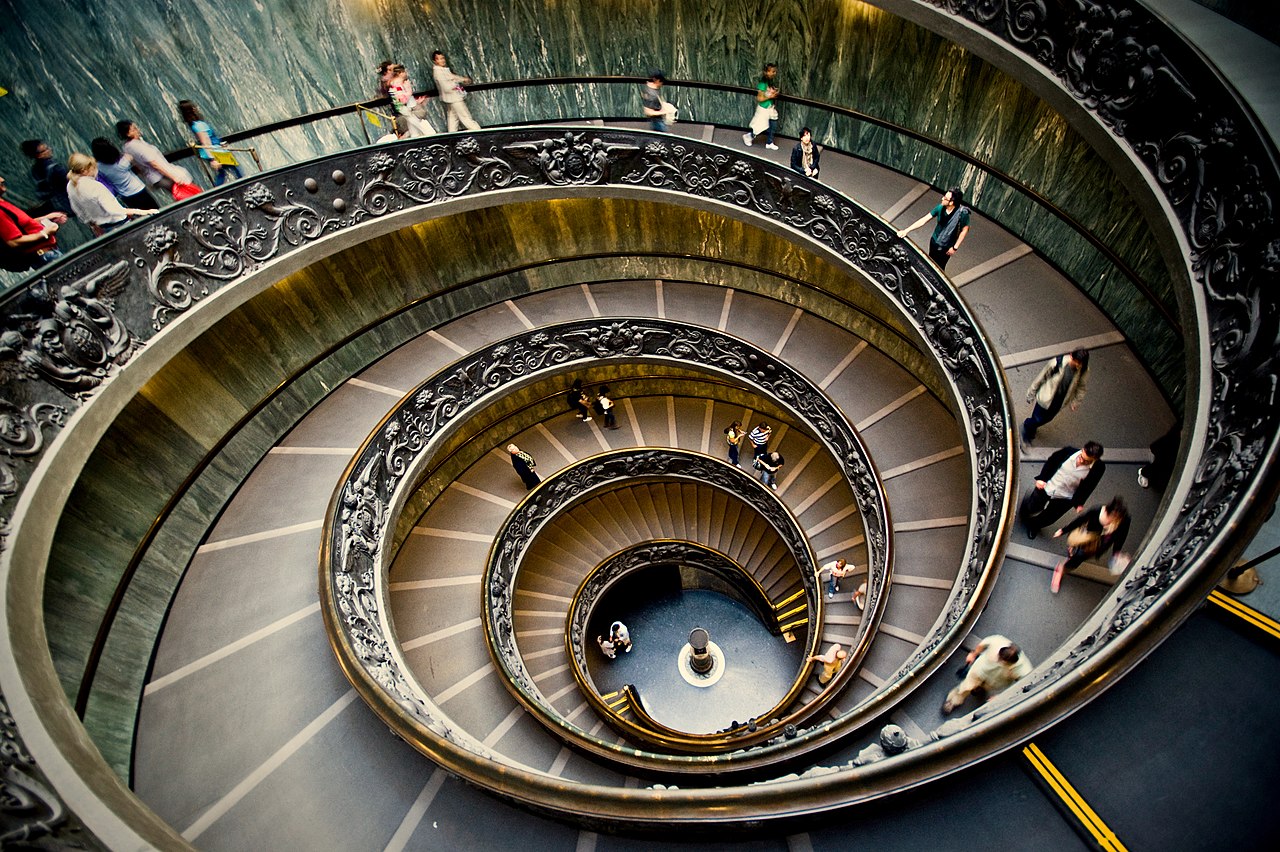
View from below looking upward:
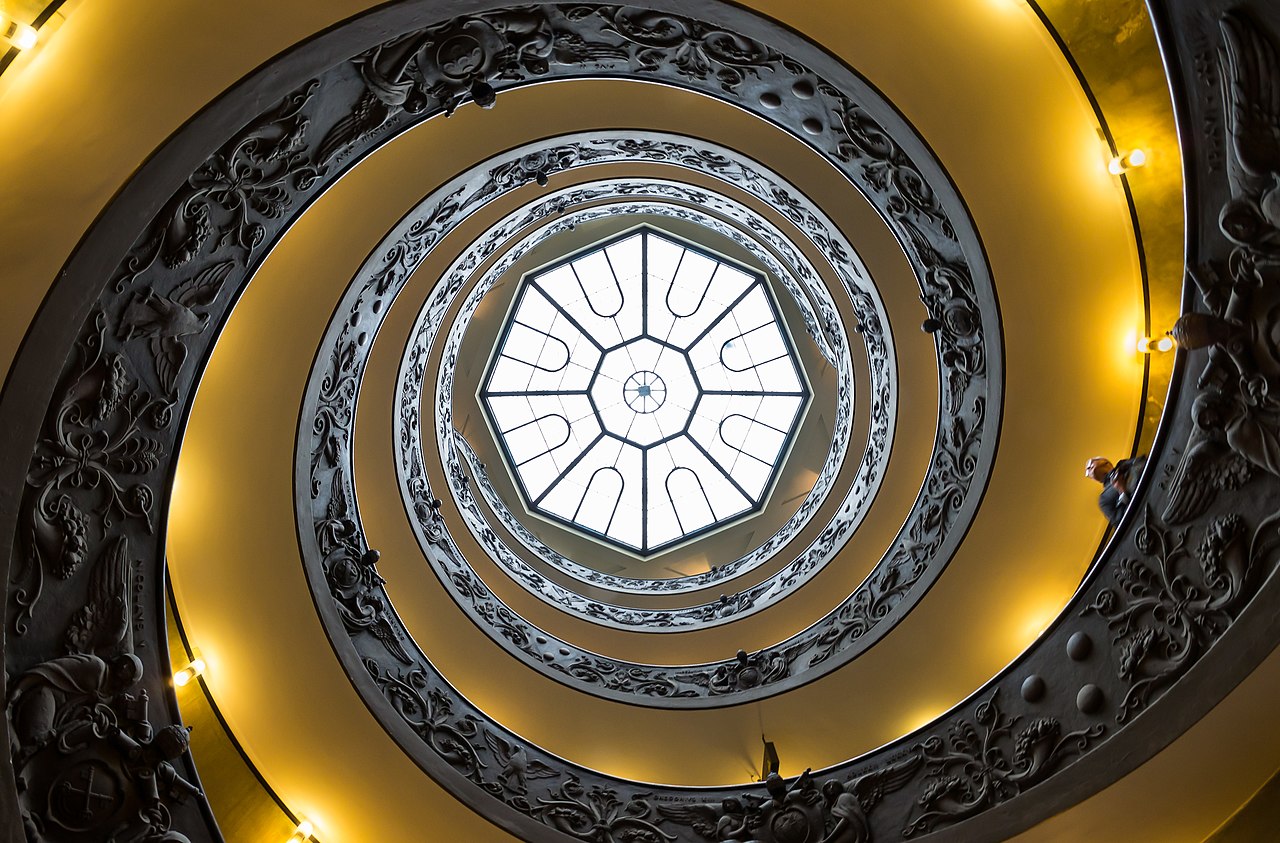
View from the side to see the double helix pattern:
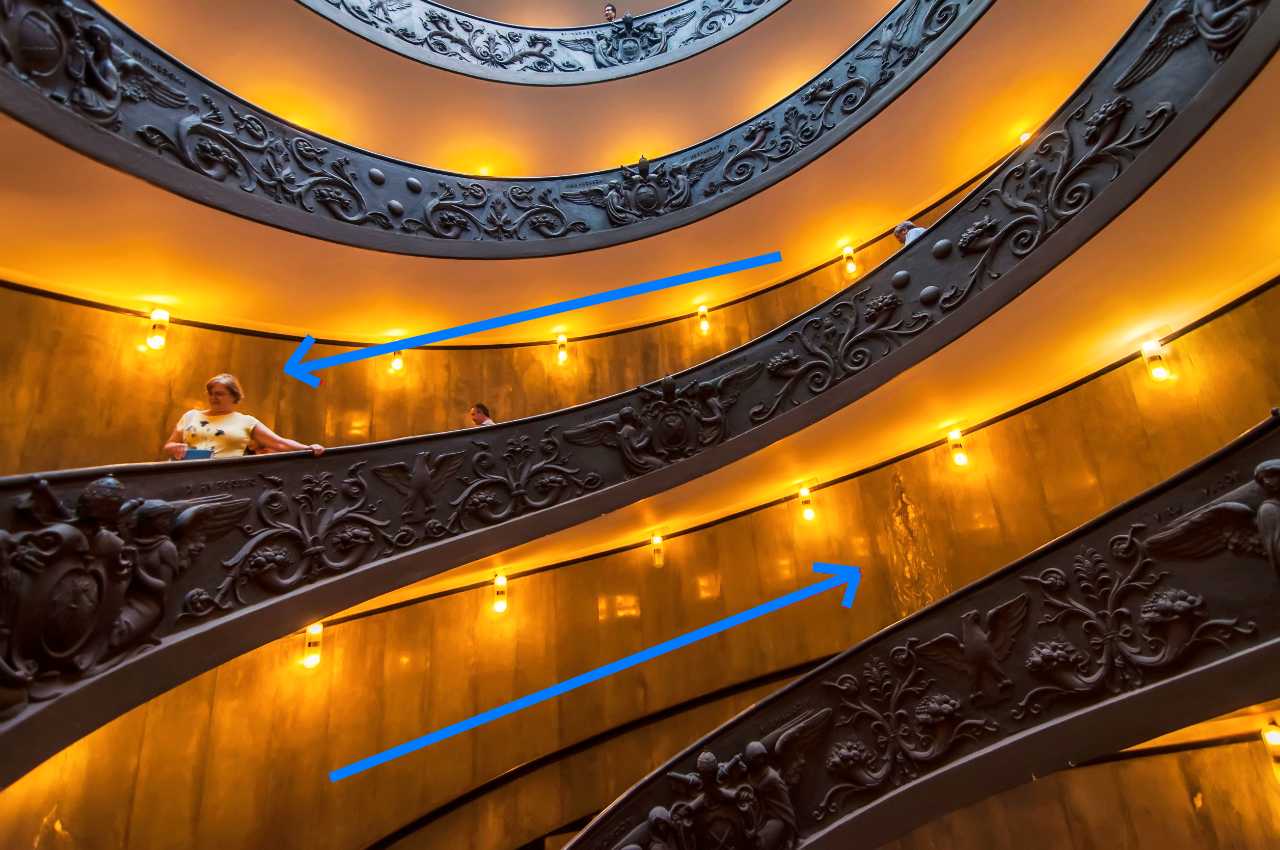
Dizzy yet?!
(Art lovers may recognize in this the form of the famous Guggenheim Museum in New York City. It is believed that the architect, Frank Lloyd Wright, modeled the whole structure on the Vatican staircase.)
As I said, it is simply breathtaking! And yes, Mr. Mollusk would be proud.
The Symbolism
Most things built for religious purposes involve a great deal of symbolism in their designs.
The Dallas Chapel, unfortunately, eschews overt religiosity, so its explanation of the symbolism is a bit New Agey. The sponsors say that the spiral ceiling represents the upward striving of the human spirit or something esoteric like that.
Though the reasoning is a bit nebulous, it nonetheless pays tribute to the transcendent dimension of the beautiful spiral and color pattern. The Catholic explanation is much simpler because it is about God, not man, per se.
Human art that mimics the patterns of Nature also reflects the glory of God who alone could design these patterns so mathematically perfect and artistically stunning throughout His wide creation, and in fact, before the human race ever existed.
I mean, it’s almost as if God were showing off.
———-
[Note: This article is a reproduction of the Sacred Windows Email Newsletter of 9/03/23, so it does not end with the regular Soul Work section. Please visit our Newsletter Archives.]
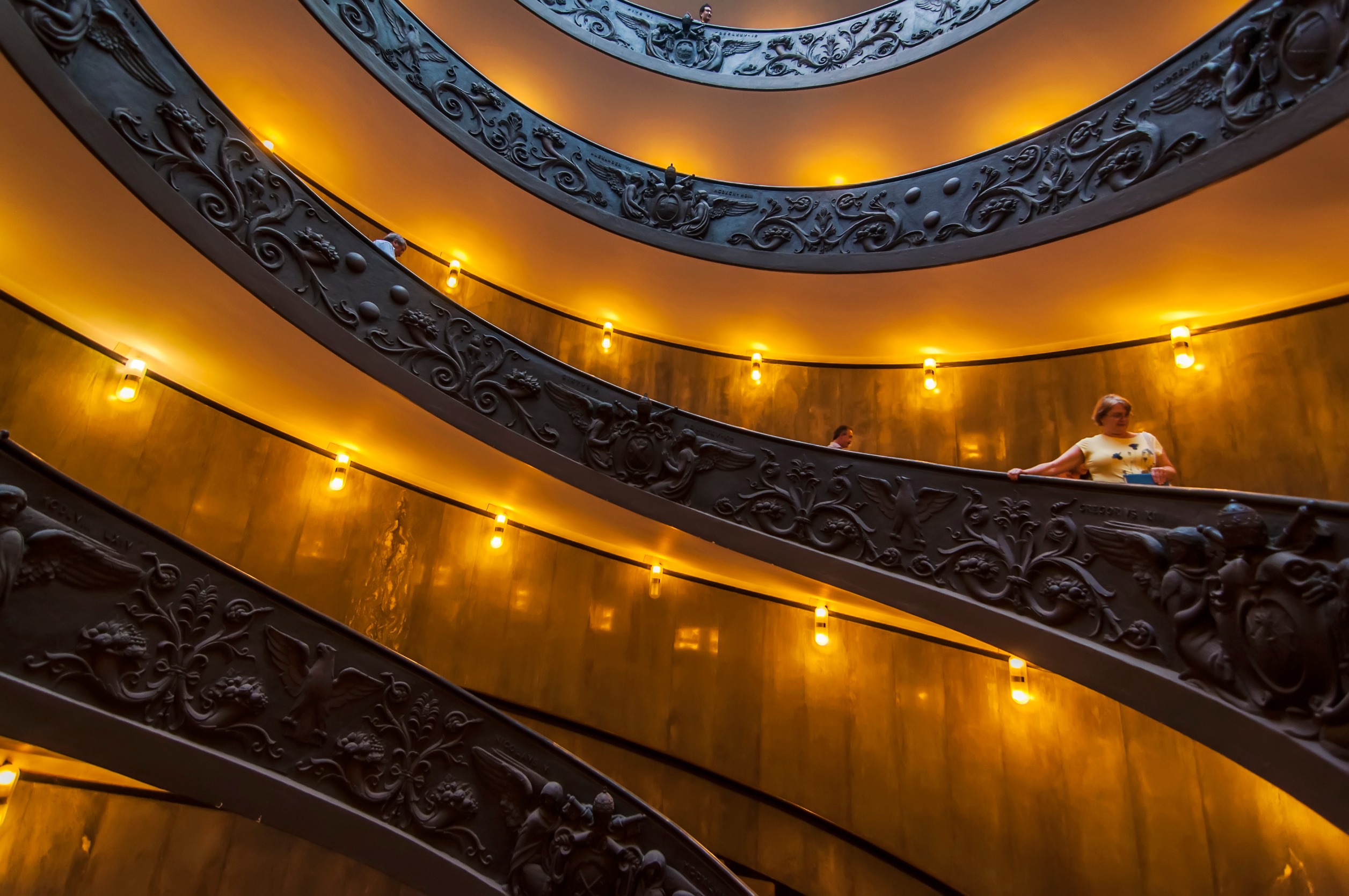

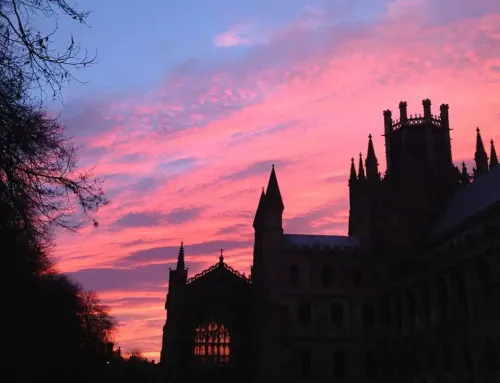

Leave A Comment